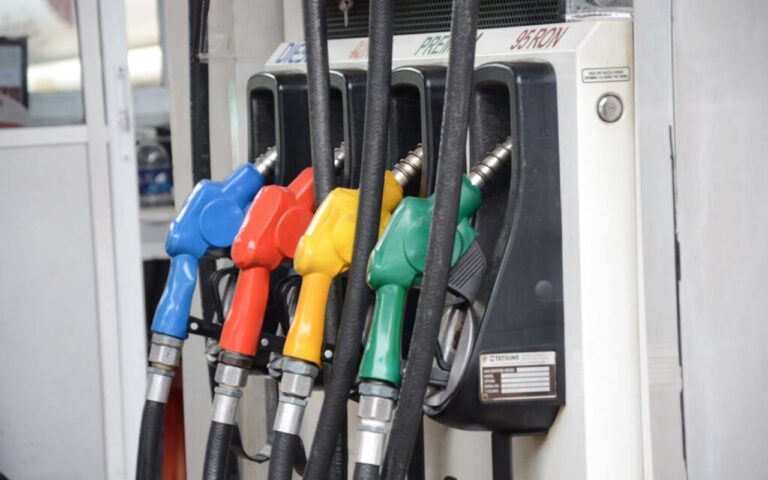December 22
Central Bank of Myanmar (CBM) injected US$22.15 million into the fuel oil sector between 18 and 21 December.
The CBM sold $9.72 million for fuel oil importing companies on 18 December and $12.43 million on 21 December.
Yet, the CBM concealed the exchange rate in selling dollars. Currently, the CBM set the reference exchange at K2,100 against a US dollar, and the market trading rate is K3,369.96 on 20 December.
The fuel oil prices stood at K2,445 per litre of Octane 92, K2,545 for Octane 95, K2,185 for diesel and K2,240 for premium diesel on 21 December.
The price index set by Mean of Platts Singapore (MOPS), the pricing basis for many refined products in southeast Asia, influences the domestic fuel prices, according to the Supervisory Committee on Oil Import, Storage and Distribution of Fuel Oil.
In August 2022, the oil prices hit the highest of K2,605 per litre for Octane 92, K2,670 for Octane 95, K3,330 for premium diesel and K3,245 for diesel.
Therefore, the committee is effectively steering the fuel oil storage and distribution sector to prevent an oil shortage in the domestic market and ensure price stability for energy consumers.
The committee is inspecting the petrol stations to see whether they are overcharging. The authorities are taking action against those retailers of fuel stations under the Petroleum and Petroleum Products Law 2017 if they are found soaking rather than the set reference rate.
As per the statement, 90 per cent of fuel oil in Myanmar is imported, while the remaining 10 per cent is produced locally. The domestic fuel price is highly correlated with international prices. The State is steering the market to mitigate the loss between the importers, sellers and energy consumers. Consequently, the government is trying to distribute the oil at a reasonable price compared to those of regional countries.
Some countries levied higher tax rates and hiked oil prices than Myanmar’s. However, Malaysia’s oil sector receives government subsidies, and the prices are about 60 per cent cheaper than Myanmar’s. Every country lays down different patterns of policy to fix the oil prices. Myanmar also levies only a lower tax rate on fuel oil and strives for energy consumers to buy the oil at a cheaper rate. — NN/EM



